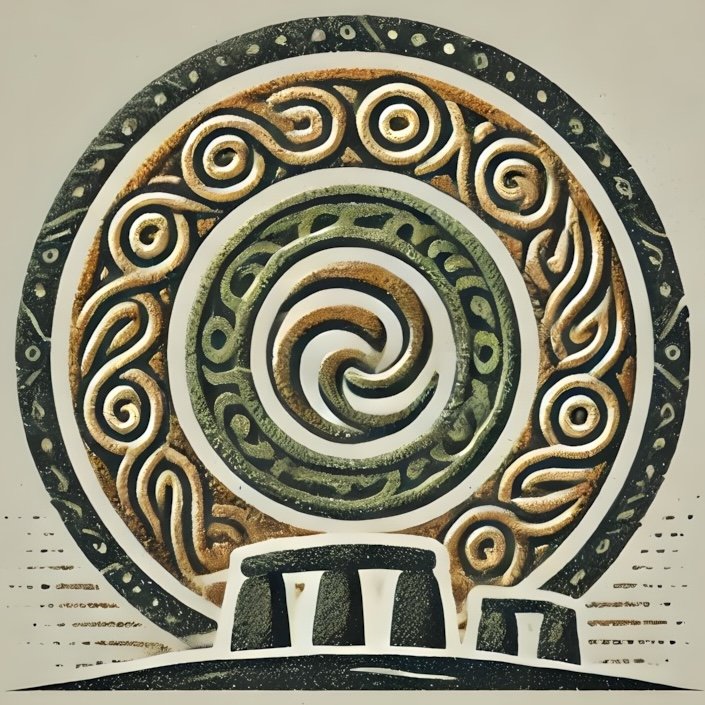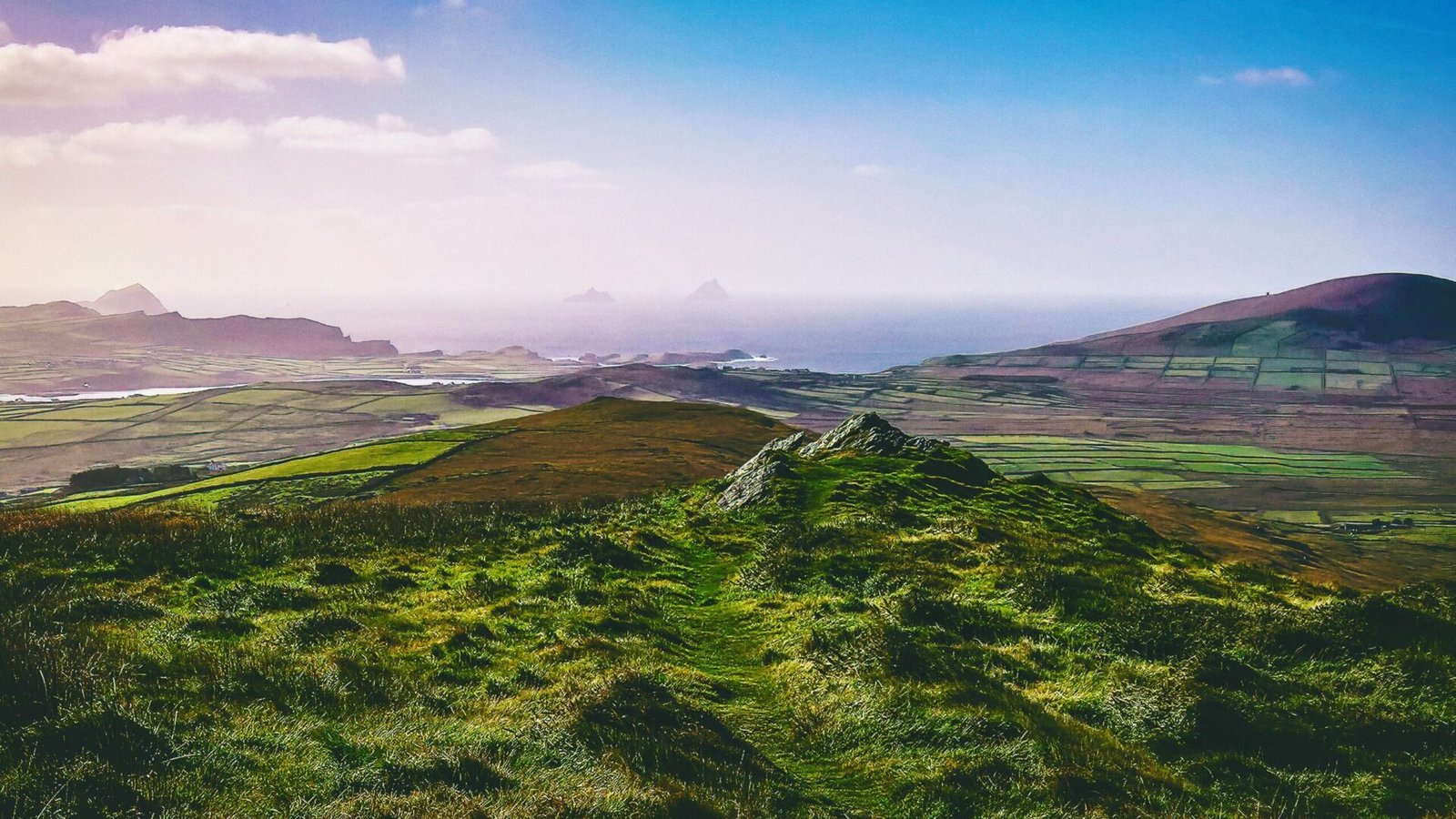Introduction to Ceremonial Sites
Ceremonial sites are integral to understanding the complex tapestry of Irish prehistory. These locations, often steeped in mystery and mythology, are more than mere remnants of the past; they are windows into the spiritual and social lives of ancient communities. From the towering stone structures of Newgrange to the enigmatic stone circles of Drombeg, these sites reveal the rich cultural heritage of Ireland, inviting us to explore their significance and the rituals that once took place within their bounds.
Ceremonial sites served various functions, ranging from religious observances to social gatherings, and they often played a pivotal role in the community’s identity. By examining these locations, we can gain insights into the beliefs, practices, and societal structures of prehistoric Ireland, as well as their enduring legacy in contemporary culture.
Types of Ceremonial Sites
Ceremonial sites in Ireland can be broadly categorized into several types, each with its unique characteristics and purposes:
1. Passage Tombs: These are some of the most iconic ceremonial sites, with Newgrange being the most famous. Built around 3200 BCE, passage tombs typically consist of a long passage leading to a central chamber. They are often aligned with astronomical events, such as the winter solstice, suggesting a deep connection between the rituals performed there and the cycles of nature.
2. Stone Circles: Found across the Irish landscape, stone circles, such as those at Drombeg and Callanish, are believed to have been used for various ceremonial purposes, including rituals related to the sun and moon. The arrangement of stones often reflects astronomical alignments, indicating that these sites were likely used for calendrical observations.
3. Hilltop Enclosures: Sites like the Hill of Tara and the Grianan of Aileach served as important ceremonial and political centers. These elevated locations were often associated with kingship and governance, where significant rituals and gatherings would take place.
4. Sacred Wells and Springs: Water has long been considered a source of life and healing in many cultures, and Ireland is no exception. Sacred wells, such as St. Brigid’s Well, were often the focus of pilgrimage and ritual, believed to possess curative properties. These sites highlight the connection between the natural landscape and spiritual practices.
5. Cairns and Burial Mounds: These structures often served as burial sites for the elite, but they also had a ceremonial aspect. The act of burial itself was a ritualistic process, and many of these mounds were used for ancestor worship and commemoration.
Functions of Ceremonial Sites
The functions of ceremonial sites in prehistoric Ireland were multifaceted, reflecting the complex interplay between religion, society, and the environment. Some key functions include:
– Ritual and Worship: Many sites were dedicated to the veneration of deities or ancestors, serving as places for offerings and sacrifices. The alignment of structures with celestial events suggests that these rituals were closely tied to agricultural cycles and the changing seasons.
– Community Gathering: Ceremonial sites often acted as focal points for social cohesion. They provided a space for communal gatherings, celebrations, and festivals, reinforcing social bonds and shared identity among the community members.
– Political Significance: Certain sites, especially hilltop enclosures, were associated with power and authority. They served as venues for important political events, such as the coronation of kings or the resolution of disputes, emphasizing the connection between ritual and governance.
– Burial Practices: Many ceremonial sites functioned as burial grounds, reflecting beliefs about the afterlife and the importance of honoring the dead. The elaborate construction of tombs and mounds indicates a deep reverence for ancestors and the continuity of lineage.
Connection to Irish Mythology
Irish mythology is rich with tales that intertwine with the landscape, and many ceremonial sites are steeped in these narratives. The Hill of Tara, for example, is not only a significant archaeological site but also a central location in many mythological stories, including those of the Tuatha Dé Danann, the mythical race of gods and heroes.
The association of certain sites with specific deities or mythical events adds layers of meaning to the landscape. For instance, the stone circle at Drombeg is linked to the legend of the sun god, while the passage tombs of Newgrange are often associated with the goddess Brigid. These connections illustrate how mythology and ritual practice were intertwined, shaping the cultural identity of ancient Irish societies.
Archaeological Evidence and Interpretations
Archaeological research has provided invaluable insights into the functions and significance of ceremonial sites. Excavations at sites like Newgrange have uncovered a wealth of artifacts, including pottery, tools, and remnants of offerings, which help to reconstruct the rituals that took place there. Radiocarbon dating has also allowed researchers to establish timelines for when these sites were in use, revealing patterns of ritual activity over millennia.
Interpretations of these sites have evolved over time, influenced by advances in technology and shifts in scholarly perspectives. Initially, many sites were viewed solely through a lens of antiquarian curiosity, but contemporary archaeologists approach them with a more nuanced understanding of their cultural and social contexts. This shift has led to a greater appreciation for the complexity of ancient Irish societies and their beliefs.
Modern Perspectives and Heritage
In modern Ireland, ceremonial sites are not just relics of the past; they are vital components of cultural heritage and identity. Many of these locations have become focal points for tourism, attracting visitors eager to connect with Ireland’s ancient history. However, this interest also raises questions about preservation and the impact of modernity on these sacred spaces.
Efforts to protect and promote these sites are ongoing, with organizations working to balance the needs of tourism with the importance of conservation. Additionally, many contemporary spiritual practices draw inspiration from ancient rituals, demonstrating the enduring legacy of these ceremonial sites in modern Irish culture.
Ceremonial Sites and Their Possible Functions
Ceremonial sites in Ireland offer a profound glimpse into the rituals, beliefs, and social structures of prehistoric communities. By exploring their types, functions, and connections to mythology, we can appreciate the intricate relationship between the landscape and the spiritual lives of those who came before us. As we continue to study and engage with these sites, we not only honor our shared heritage but also foster a deeper understanding of the cultural narratives that shape our present and future. Whether you are a local or a visitor, the journey through Ireland’s ceremonial sites is an invitation to connect with the past and the stories that still resonate in the land today.

